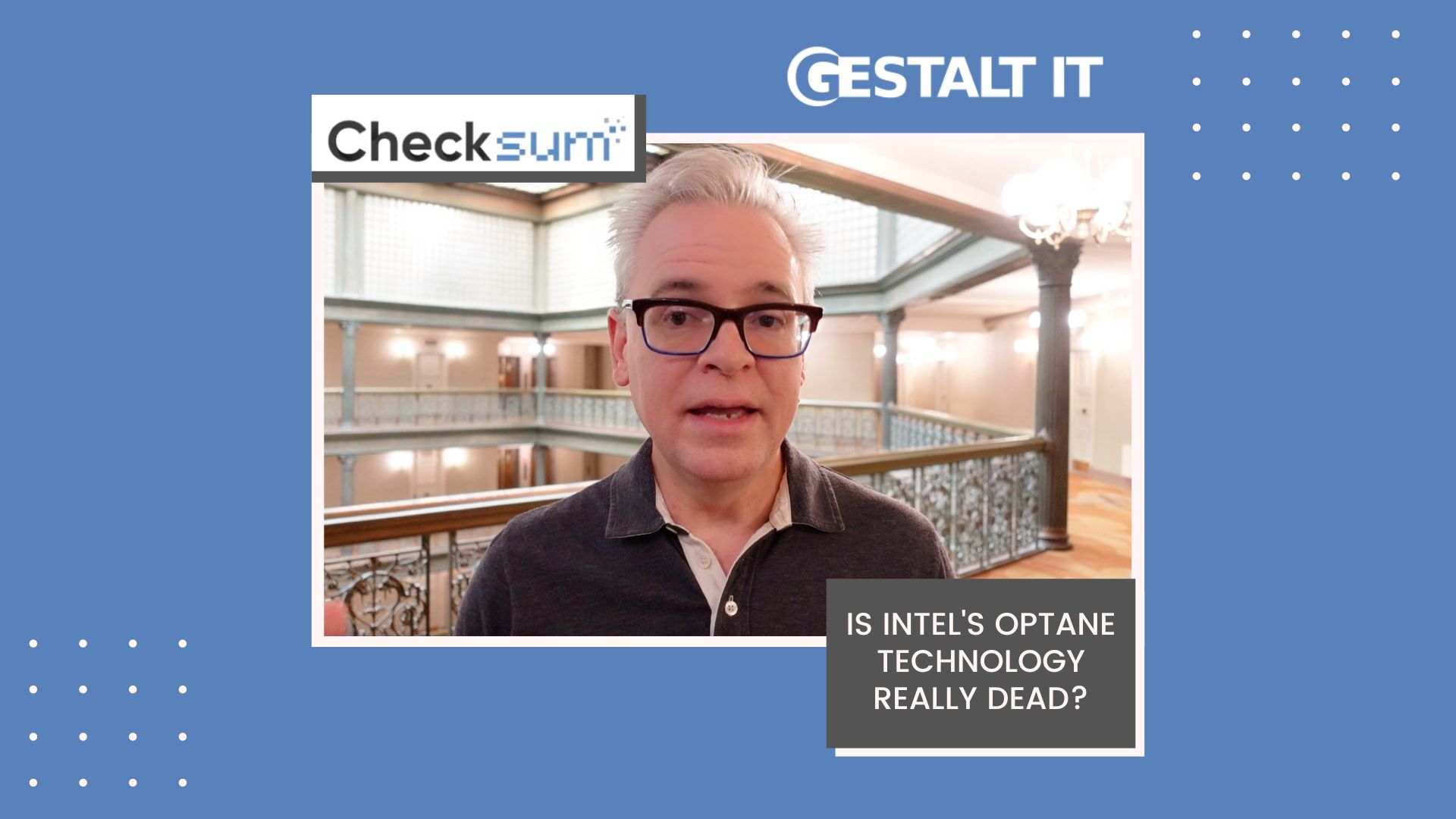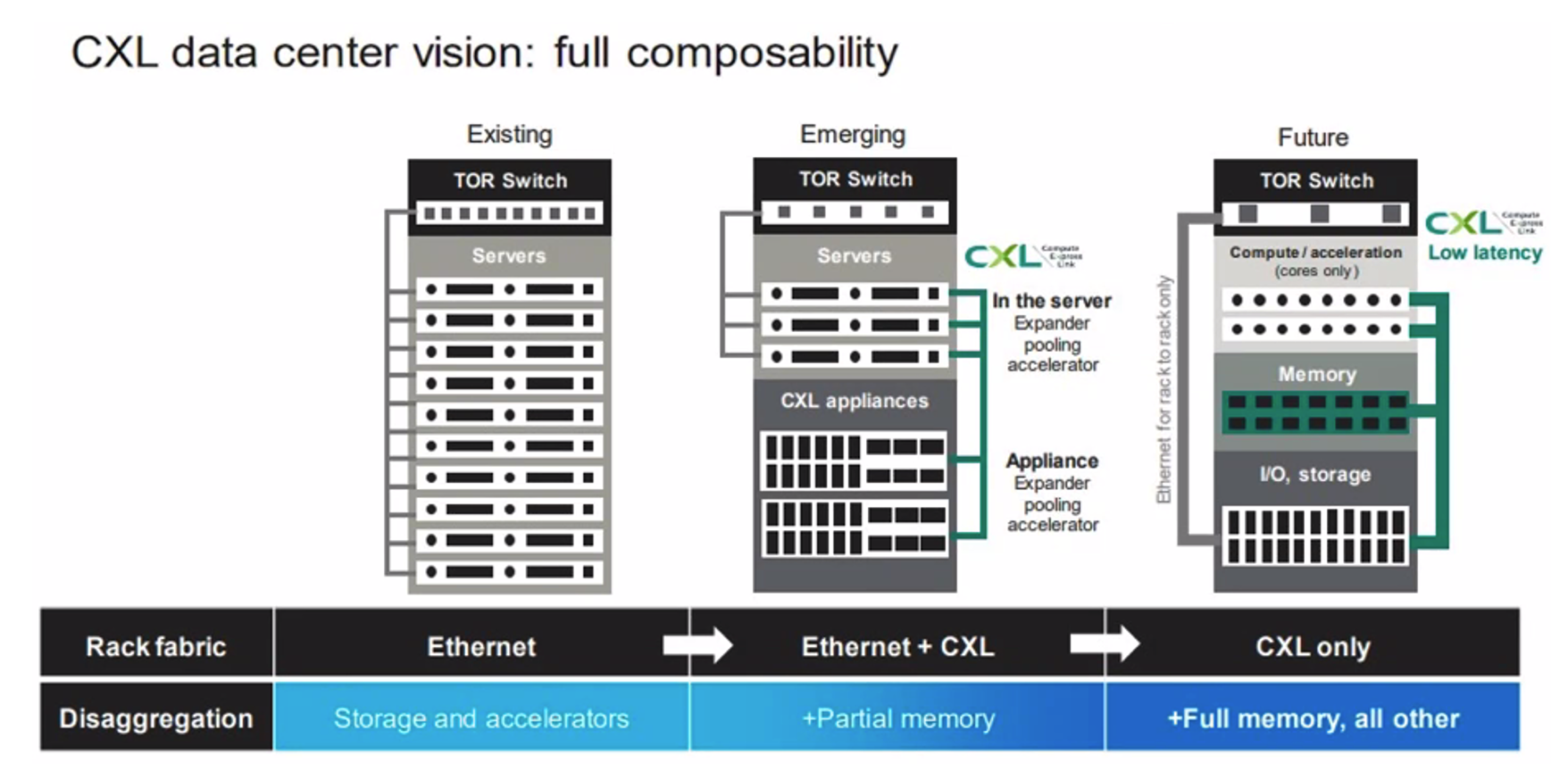Intel‘s Optane memory and storage technology has been an industry hot topic since it first hit the news in 2016. Now, the technology is taking another leap forward, reducing latency to a handful of microseconds, beating NAND and DRAM technology latencies by miles.
Intel presented its latest Optane developments at Storage Field Day 20 and showed the industry a new storage future.
DRAM
DRAM memory cells use the presence or absence of charge on a capacitor to store data, known as an electrostatic construction. The level of charge on the memory cell capacitor determines whether that storage part is a logical 1, which indicates the presence of a charge, or 0 – the absence of charge. There is one transistor in the substrate with a capacitor in the physical device as part of the components. For the structure, it is a 2D planar.
3D NAND
3D NAND, another familiar electrostatic construction, stores data as charges in the memory cell. There are two types of NAND, TLC, and QLC. With NAND TLC flash (triple-level cell flash), the memory stores three bits of data per cell. TLC is also known as MLC-3, 3-bit MLC, and X3. TLC has eight charges inside the cell.
With QLC (Quad-level cell), the technology stores four bits per cell and has 16 charges inside the cell. QLC flash and TLC flash both store data using an electrical charge to determine whether each cell is a 0 or a 1.
With both TLC and QLC, complexity increases as users move to denser memories. Looking at the components, it is one transistor per string to the 3D layering. This brings us to the structure. Today Intel is shipping 96 layers of NAND in 3D SSDs, moving to 144 layers at the end of 2020. NAND is a very dense memory technology..

Intel Optane
Intel Optane is atomistic instead of electrostatic, so when a charge is applied to the memory cell, it changes the material’s atomic bonding properties. That change is how Optane retains data. Optane is also one selector per one memory cell in this structure. When you look at the structure, it is also a 3D layer.
Optane starts with two decks, with the opportunity to increase more going into the future. If a user changes any of the characteristics in Optane, it changes the performance and capability of the memory.
How is Intel Optane Unique?
When comparing Optane to DRAM, Optane is persistent; the information is retained even after a power interruption, which is not the case with DRAM. When comparing it to NAND, Optane is write in place and byte-addressable.
NAND writes 4K blocks; even if the data is smaller than that block, that whole block is written, which takes up more SSD space. With NAND, a group of blocks has to be erased or moved during garbage collection. Used pages cannot be updated without the entire block being erased first, and any updated data has to be written to an empty page and the old page marked as stale.
Those two major NAND SSD issues you have to deal with are not a problem in Optane media, which provides a consistent quality of service. If a user writes to Optane, that is how it will perform, and performance characteristics will not degrade.
Optane is a super low latency media vs. NAND. Intel has introduced two new device types; Intel Optane Persistent Memory and Intel Optane SSDs. The SSDs have a +-10 microsecond latency, and the Optane Memory is sub-1 microsecond latency. When writing to the media, that latency remains the same. When writing to NAND media, that latency increases to hundreds of microseconds or more under load. That’s one of the most significant benefits of Optane.

Bringing Storage into a New Decade
Intel’s Optane memory and store is not only changing the way business stores and uses data, but it is also enabling new technologies with its faster speeds. A great example of this is VAST Data’s DASE (Disaggregated Shared Everything) architecture based on Optane.
As the world continues to change in 2021, and technology becomes more of an enabler for remote work – latency, and a lack of it, matter.




